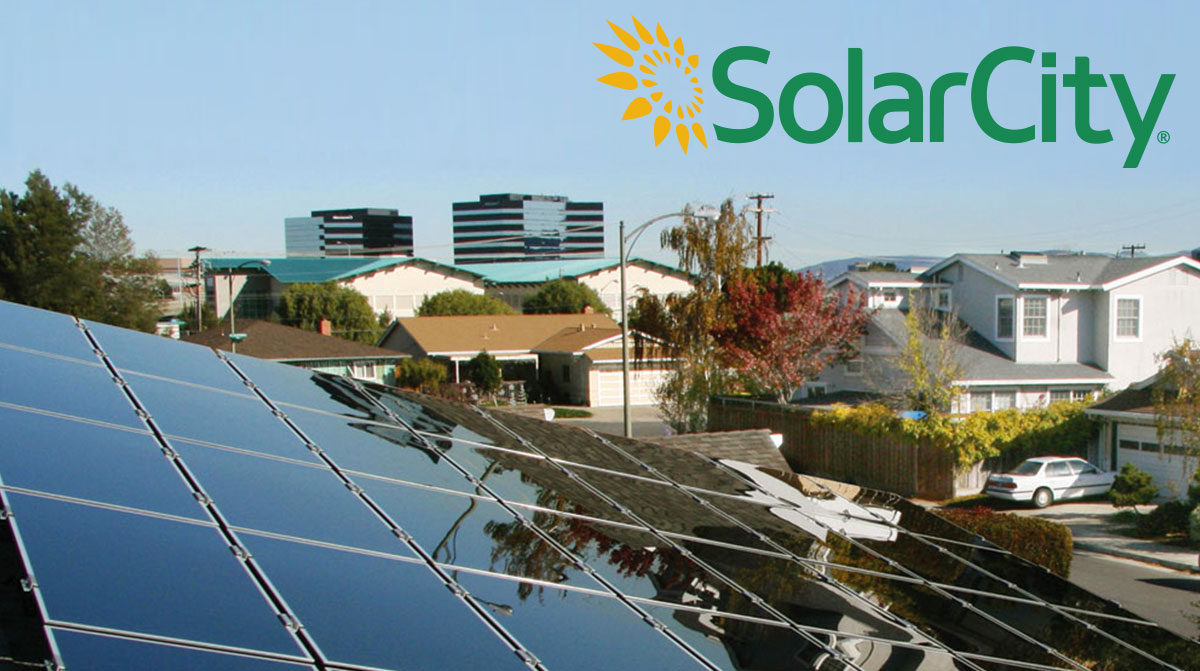This is a blog about many things, but one of the main subjects is driving. I’ve written a number of articles on Elon Musk who is arguably the most dynamic entrepreneur/inventor in decades. At the helm of Tesla Motors, Musk is beginning to show more of his master plan—how many big CEOs have master plans?—and this one is something.
To be a dynamic entrepreneur/inventor in the 21st Century requires long-term planning with shorter term objectives. According to Tesla’s blog—written, to some degree, by Musk himself—there are two parts to the company’s master plan. Part One was written by Musk 10 years ago which can be broken down in the following steps: 1) Create a low-volume car, which would necessarily be expensive, 2) Use the money to develop a medium volume car at a lower price, 3) Use that money to create an affordable, high volume car, and 4) Provide solar power.
First, this is something that everyone who wants to create new ideas or exciting enterprises needs to pay close attention to as a model for themselves. You need a master plan, and ten years is not a bad window, though I suspect Musk’s master master plan is 100 years into the future.
Second, a master plan is simply that which supports a larger vision, which Musk explains in what follows: “The point of all of this was, and remains, accelerating the advent of sustainable energy, so that we can imagine far into the future and life is still good.” See: he’s imagining “far into the future.” And this leads to Tesla's bid on the acquisition of SolarCity, which designs, finances, and installs solar power systems. If you’ve seen some of Musk’s interviews, he’s concerned not only with the near future, but with the far-reaching future, particularly when you read his stuff about killer robots, which I’ve covered in other posts. Imagine what Tesla will be able to do with a company like SolarCity?
So what are the big points that make up Part Two of Musk’s Master Plan?
1. Factory as product. Designing the machine that makes the machine, that is “turning the factory itself into a product.” This will enable Tesla to ramp up production. They see Tesla being as ubiquitous as an iPhone.
2. Create Semi-trucks and buses. They are not only designing/building trucks and buses, but creating the infrastructure and processes in which they’ll be operated. This is a far cry from, say, Mercedes’s Future Bus which is pretty much a tarted up 2016 bus with mobile phone charges added on. Tesla sees their products as part of a much larger transformation of society. And the Tesla fleets wouldn’t service bus stops, but rather take people directly to their destination.
3. Autonomy. Tesla vehicles will be fully self-driving, that is if any system in the car breaks down, the car will drive itself safely.
4. With Autonomy comes sharing. With autonomy, you will be able to summon your Tesla from anywhere; and once it picks you up, “you will be able to sleep, read, or do anything else en route to your destination.” But here’s where things get interesting from a larger systems design perspective: You’ll be able to add your car to the Tesla shared fleet . . . and have it generate income while you’re at work or on vacation, significantly offsetting and at times potentially exceeding the monthly loan or lease cost.” This, according to Musk, will compel most people to own a Tesla, though to me this is a business model that other companies will be sure to copy. In high-density cities, in which demand exceeds supply of cars, Tesla will operate its own fleet of vehicles.
Musk concludes his blog post by concisely running down the 4 main points of his Master Plan Part Deux:
1. Create stunning solar roofs with seamlessly integrated battery storage
2. Expand the electric vehicle product line to address all major segments
3. Develop a self-driving capacity that is 10X safer than manual via massive fleet learning
4. Enable your car to make money for you when you aren’t using it.
It’s brilliant, prescient, and one could argue philanthropic. For not only is Musk designing and producing a product, but also an entire ecosystem that will indeed transform cities, transportation, and even how companies generate (common) wealth. One would be hard pressed to find a big shot CEO anywhere who is doing this as dynamically and elegantly as Musk.
To further drive home Master Plan Part Deux, Tesla changed its url from teslamotors.com to simply tesla.com—no longer a mere automobile company, but an ecosystem in itself.
Brilliant, brilliant stuff.


No comments:
Post a Comment